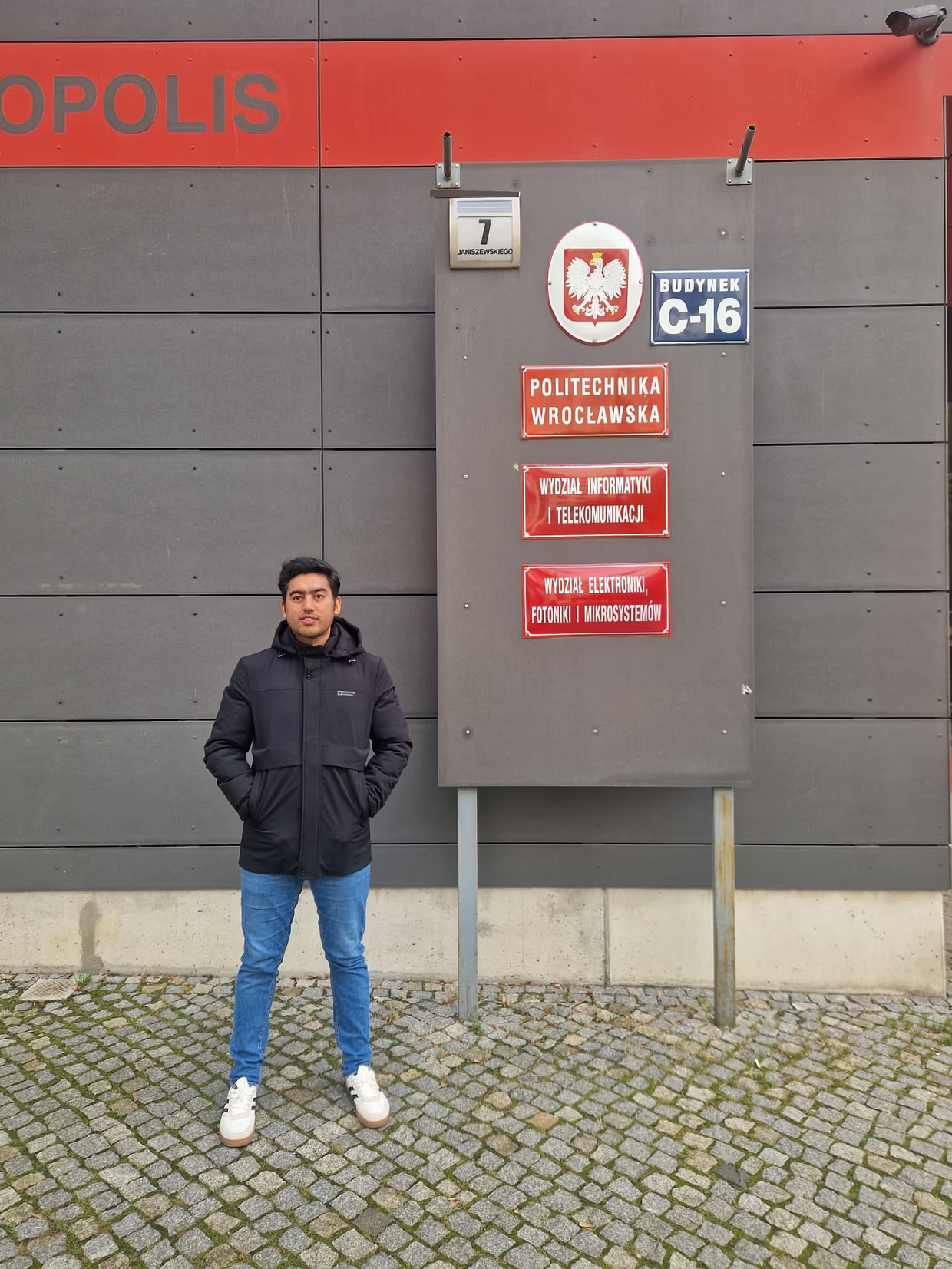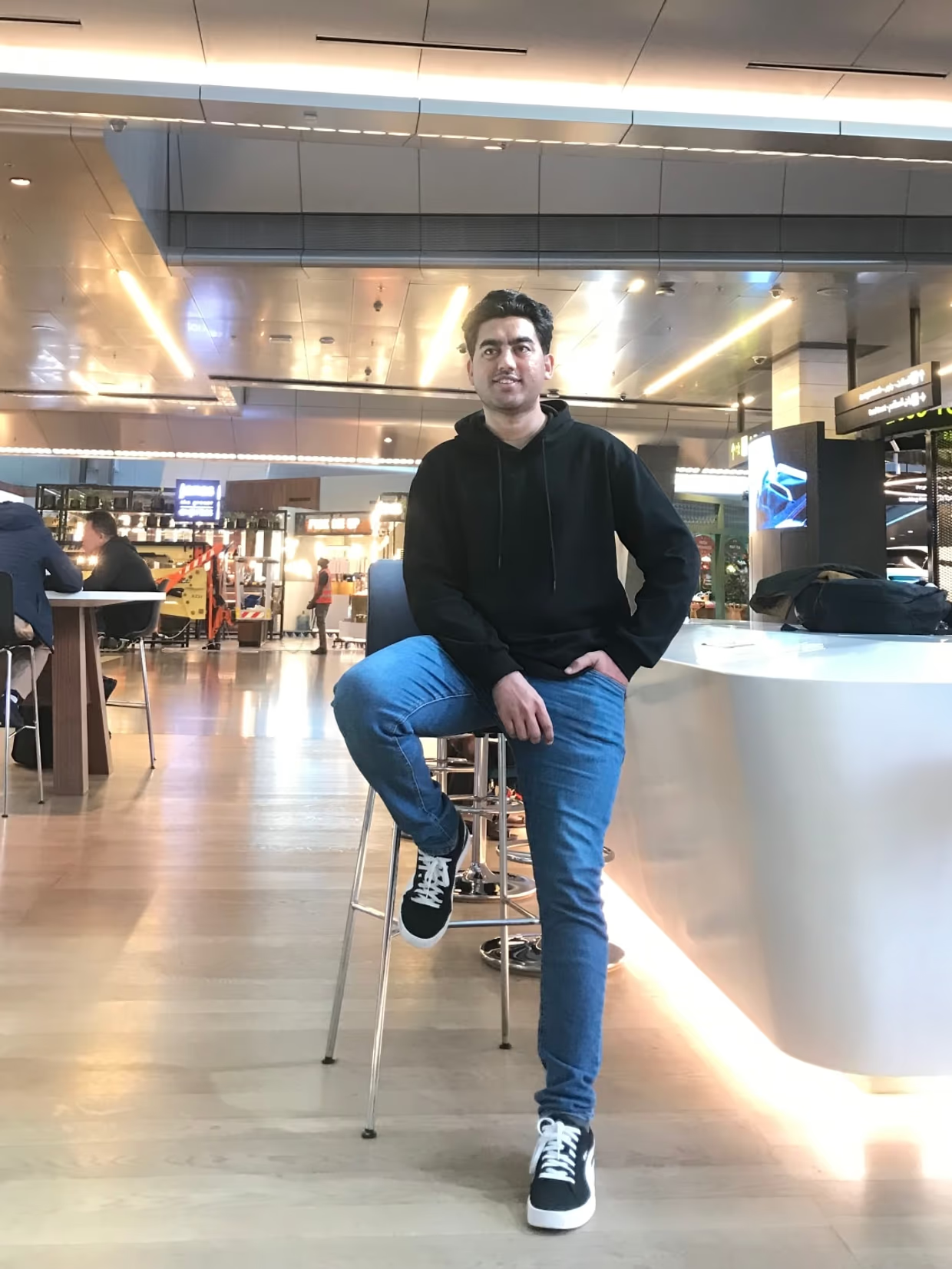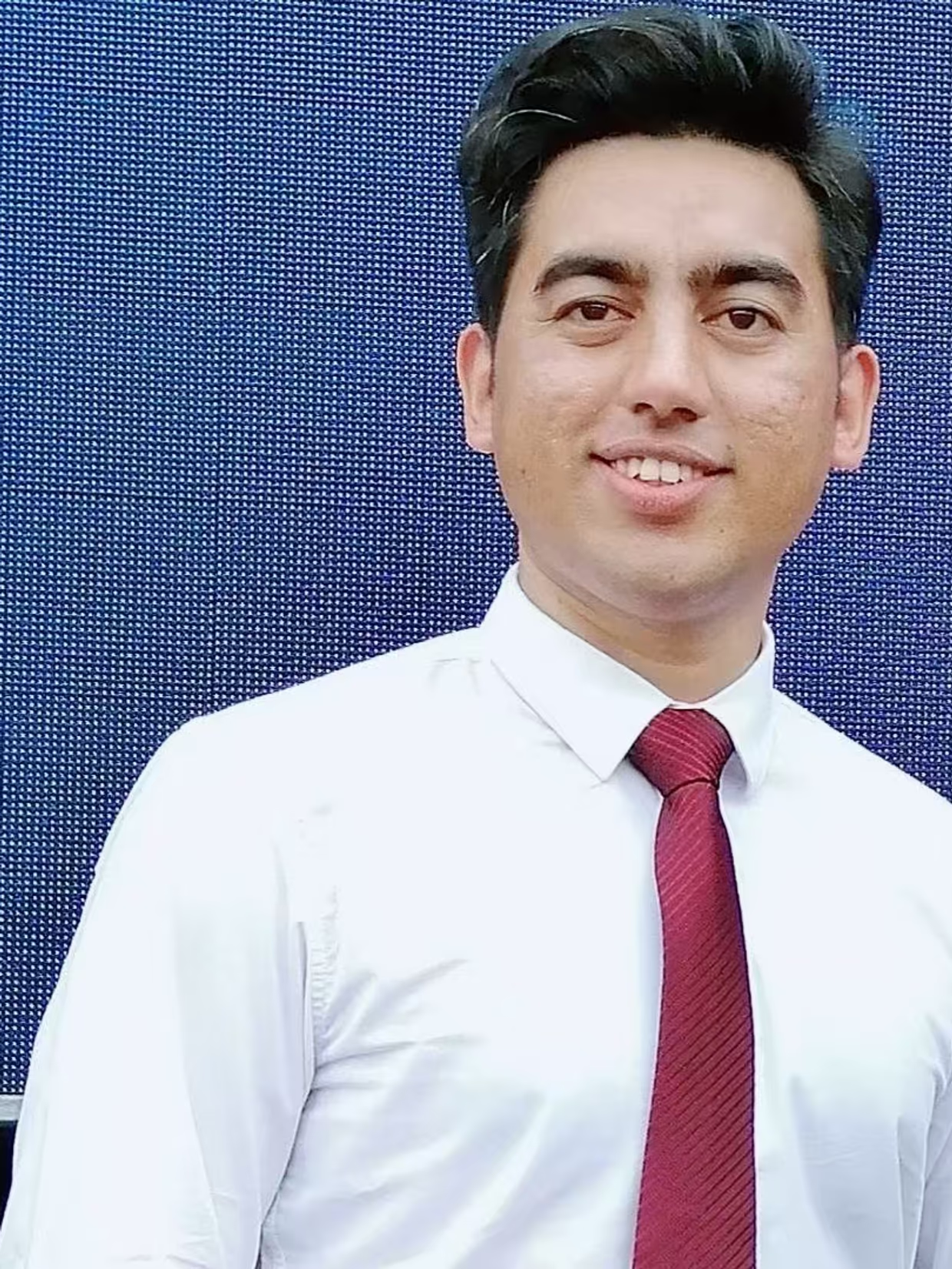Modelling and simulating a semi-reverberant environment from anechoic chamber by adding reflectors (WP5)
Background:
I hold a Bachelor's degree in Electronic Engineering, which I completed in 2015 from The Islamia University of Bahawalpur, Pakistan. To further strengthen my academic foundation, I pursued and earned a Master's degree in Electronic Science and Technology in 2021 from Xi’an Jiaotong University, China.
Currently, I am a PhD candidate under the MSCA-DN-NEPIT (Network for Evaluation of Propagation and Interference Training) program, funded by the Horizon Europe Programme of the European Commission. I am based at the Department of Telecommunications and Teleinformatics, Wrocław University of Science and Technology (Politechnika Wrocławska), Poland. My research focuses on modelling and simulating a semi-reverberant environment from anechoic chamber by adding reflectors and absorbers (WP5).
Professionally, I bring industry experience from both the telecommunications and high-frequency electronic connector sectors. From October 2021 to November 2023, I worked at Huawei Technologies in the UAE as an Optical DWDM Transmission Network Engineer, where I was responsible for the deployment and configuration of optical transmission systems. Following that, I served as a Signal Integrity (SI) Engineer at LOTES, Guangzhou, China, from November 2023 to October 2024. In this role, I conducted high-frequency electromagnetic simulations using ANSYS HFSS and CST Microwave Studio to analyze signal integrity challenges such as insertion loss, impedance mismatches, crosstalk, and EMI/EMC issues for next-generation connectors (Gen6/7, PCIe 6.0/7.0).
I possess strong technical skills in EM simulations, 3D CAD design (SolidWorks), and high-frequency measurements using instruments such as Vector Network Analyzers (VNA), TDRs, and signal generators. I am fluent in both English and Chinese, enabling effective collaboration in international research and industry environments.
How did you become a part of NEPIT?
While working as a Signal Integrity (SI) Engineer at LOTES in Guangzhou, China, I came across the MSCA-DN-NEPIT project through LinkedIn. The project immediately caught my attention due to its strong focus on advanced training, international collaboration, and research mobility within the EU. I saw it as an excellent opportunity to further enhance my expertise in electromagnetic modeling, propagation analysis, and interference evaluation—areas closely aligned with my professional background.
Given that the project requirements matched well with my existing skillset in EM simulation, high-frequency measurements, and connector design, I decided to apply. After a competitive selection process, I was fortunate to be selected as doctoral candidate(DC05) in the NEPIT.
What is NEPIT according to you?
NEPIT stands for "Network for Evaluation of Propagation and Interference Training".
With the recent advancements in wireless devices, healthcare and automotive industry, the electromagnetic interferences, emissions and immunity are very complex to asses in real environments. In MSCA DN-NEPIT project, new novel methodologies and predictive models are required for the testing and measurements of high/low frequency devices to avoid risks of interferences with other devices through emissions and immunity.
Role in NEPIT?
Modeling and simulating semi-reverberant environments from anechoic chamber by adding reflectors and absorbers. Being doctoral candidate in this project, I will work on the development of semi-reverberant environment that close to real environments for the evaluation of propagation and interference in wireless channels for wireless communication devices.
Plans for immediate and distant future?
My primary aim is to cultivate myself as the leading expert in Electromagnetic Compatibility (EMC), specifically contributing in resolving the challenges of EMC in high and low frequency devices used in telecommunication, space, automotive and medical industry. My aim is to achieve this career objective through rigorous academic research and industrial collaboration in developing the predictive models for EMC measurements and assessing the complex field distributions in real semi reverberant environments.
During my doctorate degree, my goal is also to develop efficient and accurate EMC measurement standards, accepted by IEC and/or IEEE EMC regulatory authorities. After graduating in doctorate, I will join telecom industry and research organization in EU, where I will utilize my developed skills in efficiently measuring the EMC emissions, measurements of path losses, power delay profile and insertion losses in complex electromagnetic environments relevant to wireless communication systems.
My long-term aspiration is to get the leading roles as an EMC Expert to reduce the knowledge gap between industry and academia, and contribute my expertise for managing projects and developing the EMC-compliant standards. Moreover, my expertise will lead me to become the active member of IEC and IEEE EMC standards regulatory authorities.




